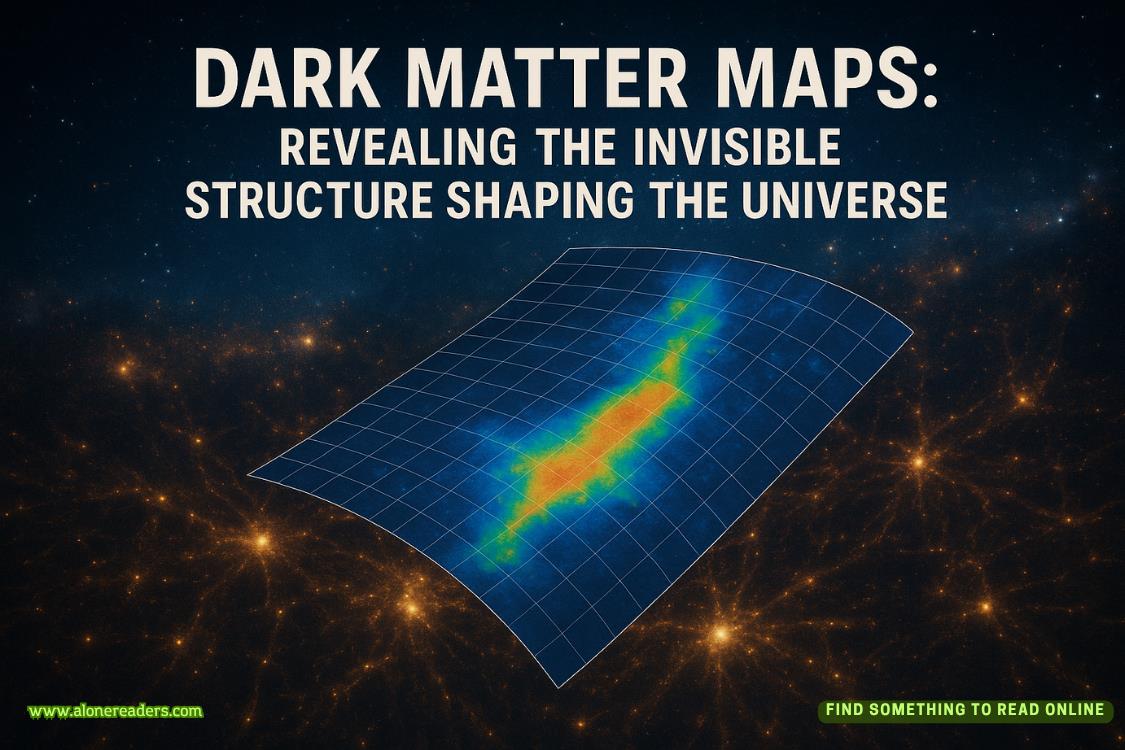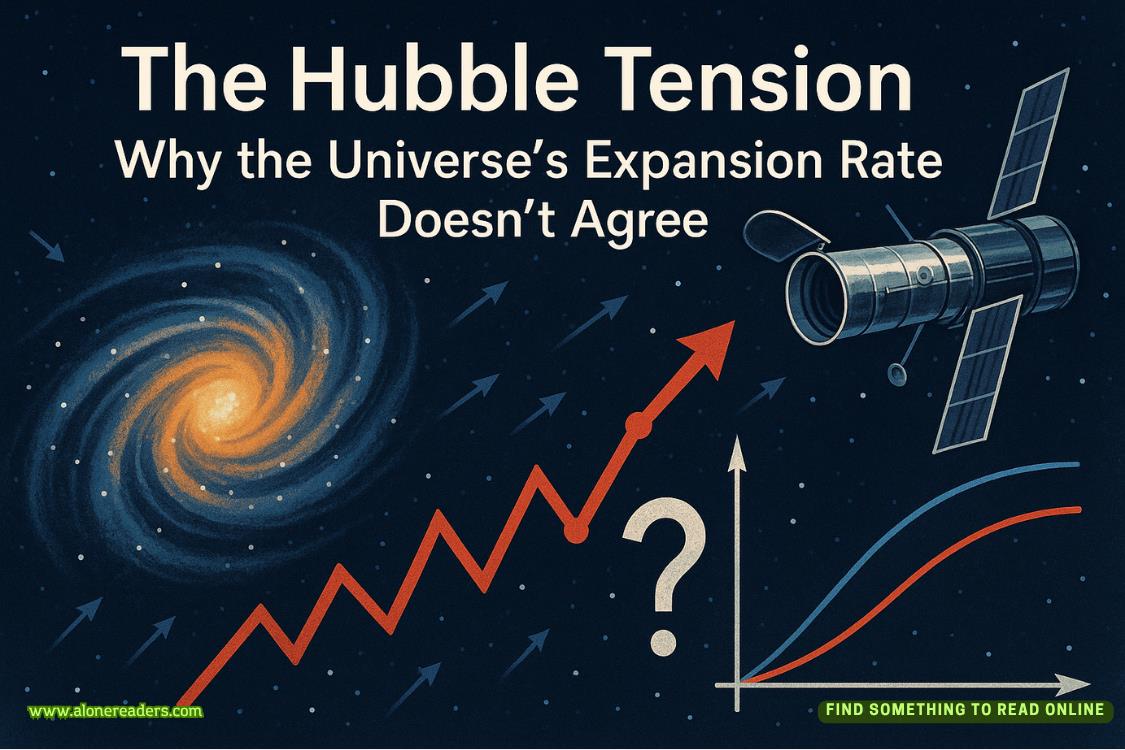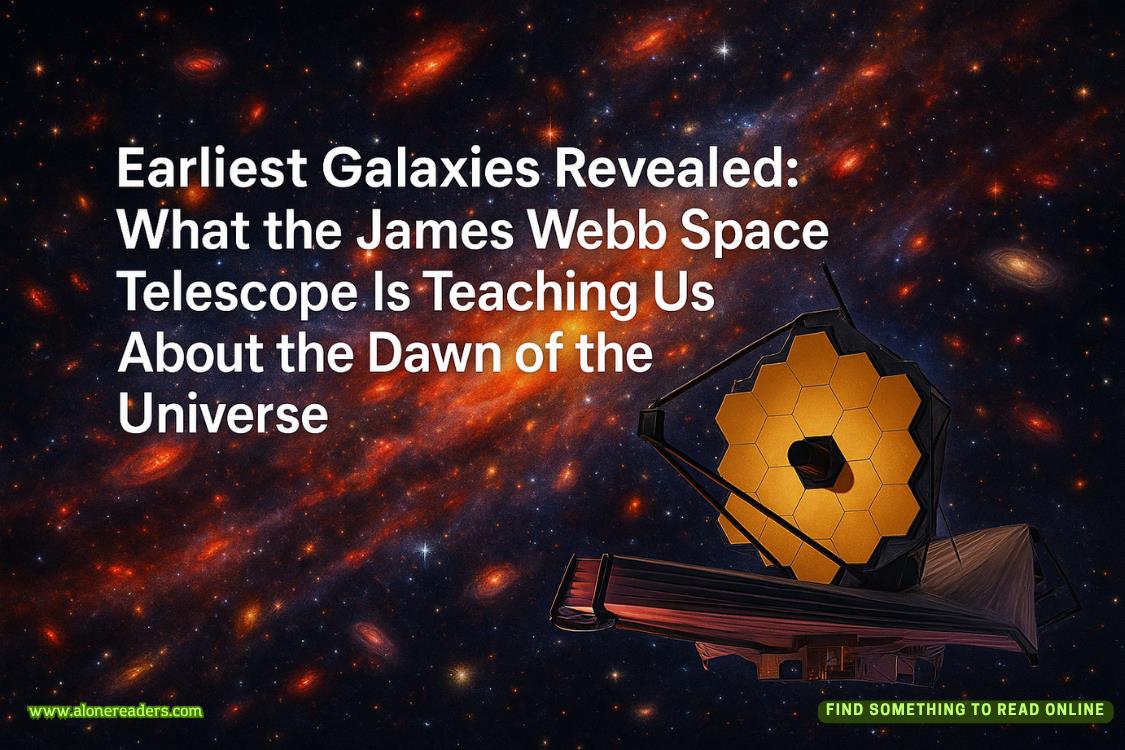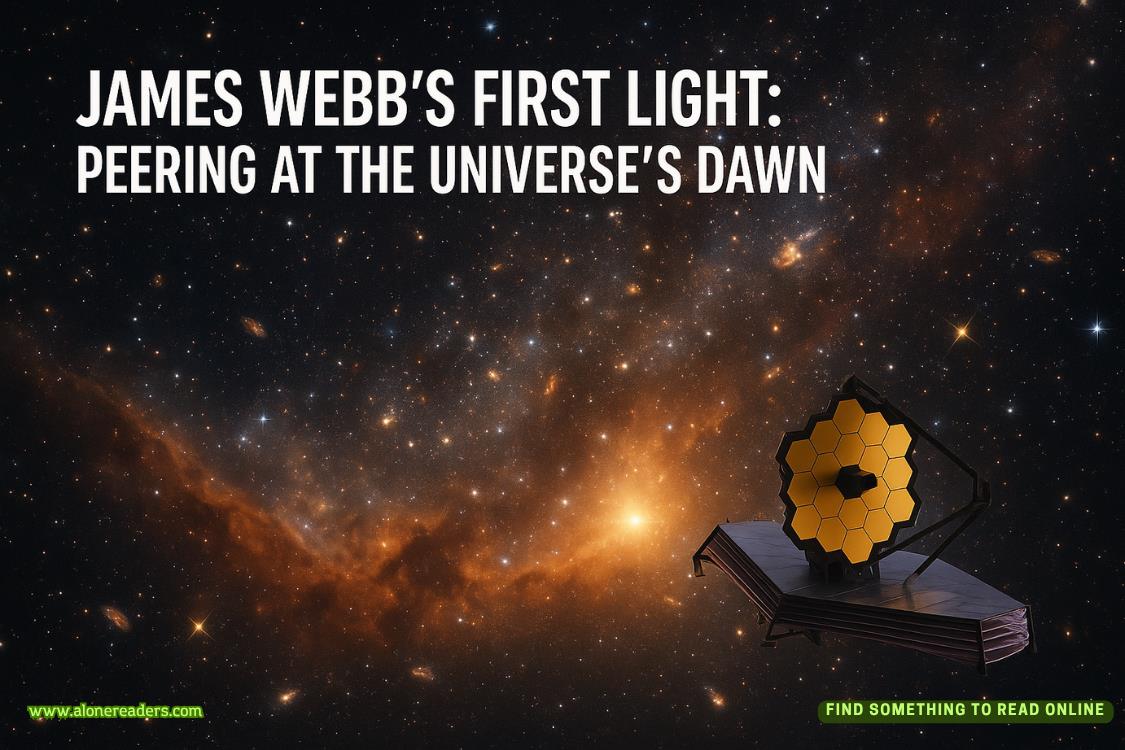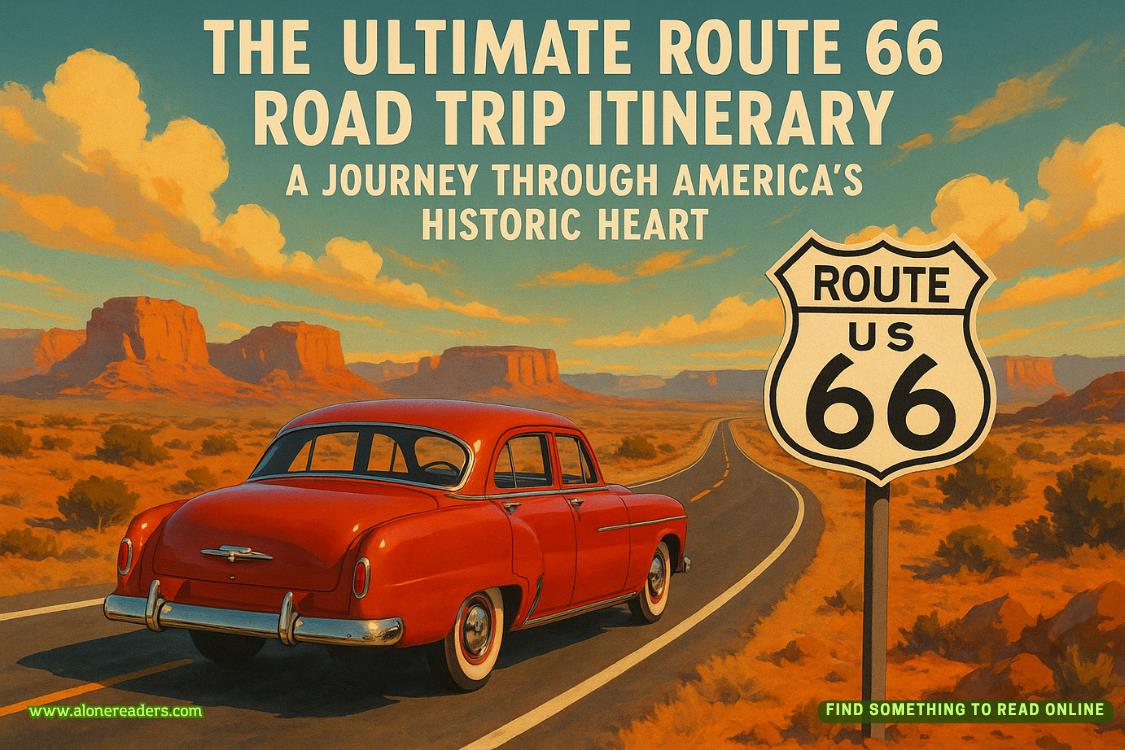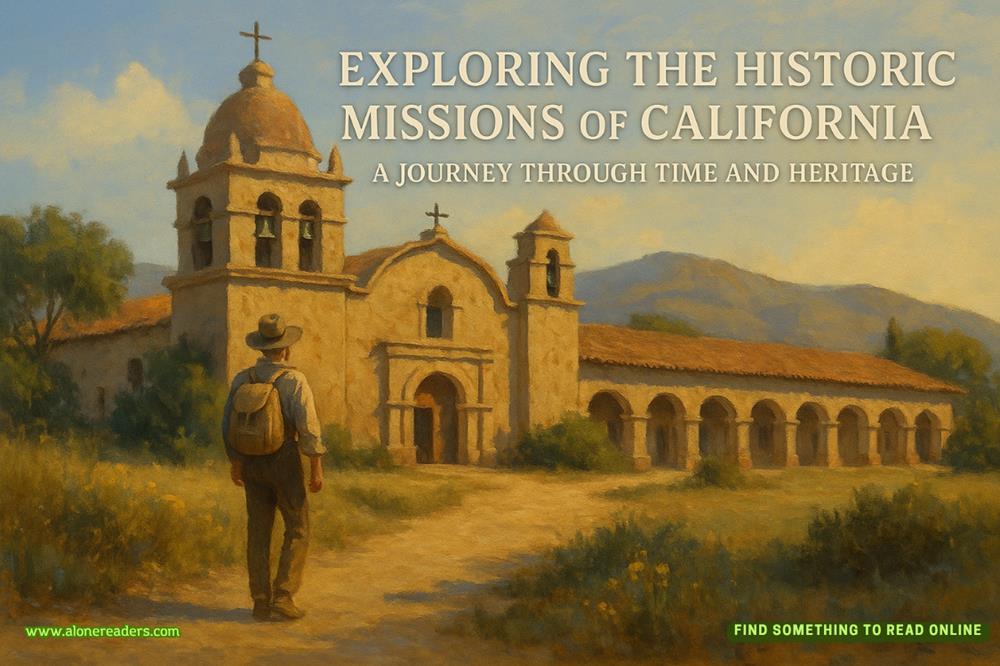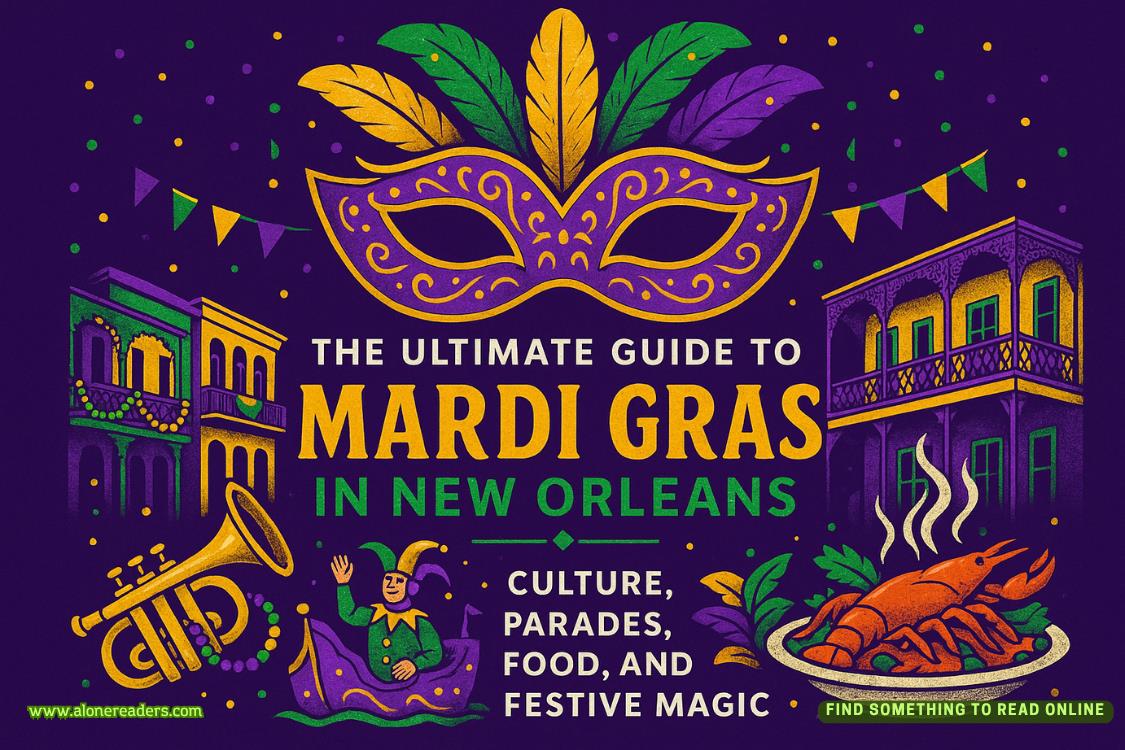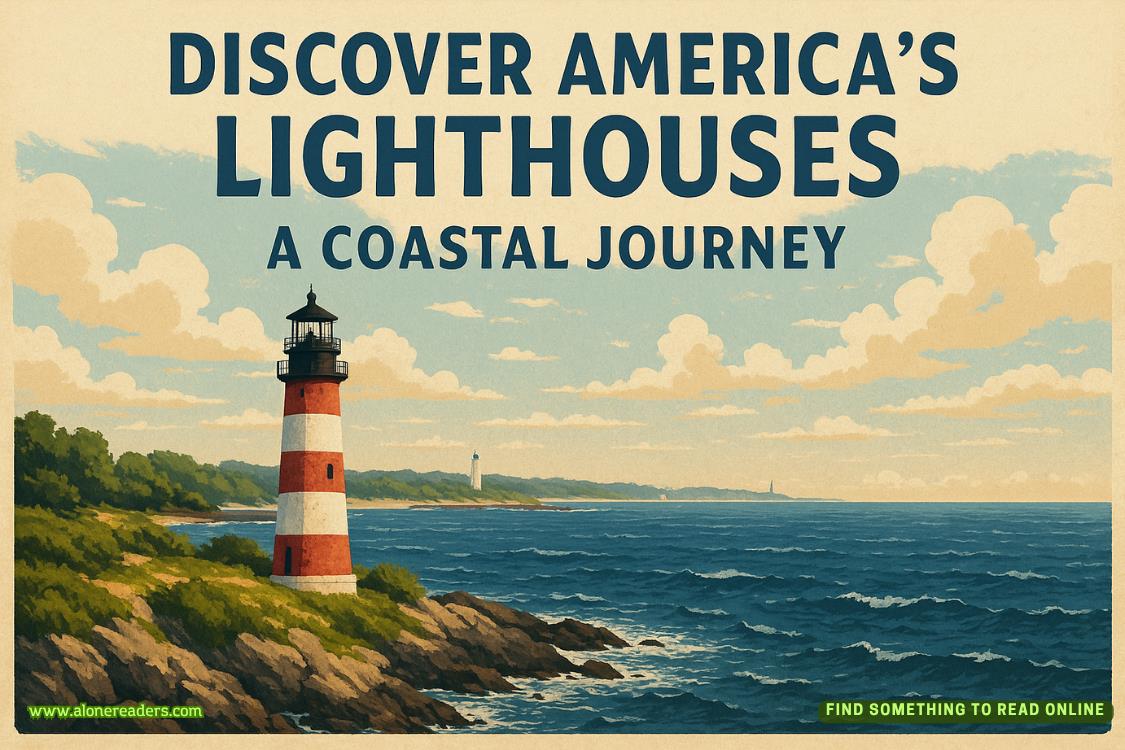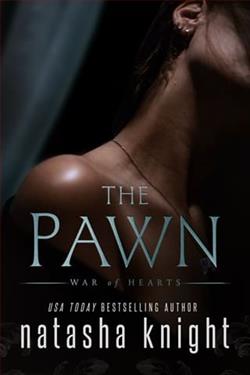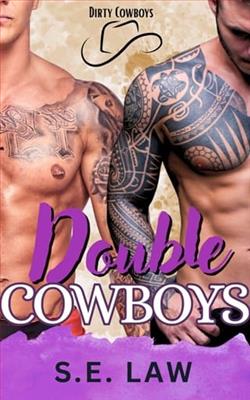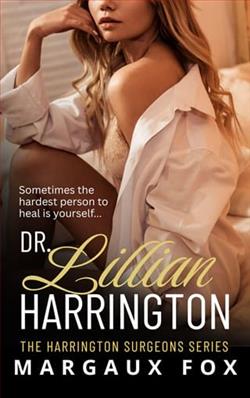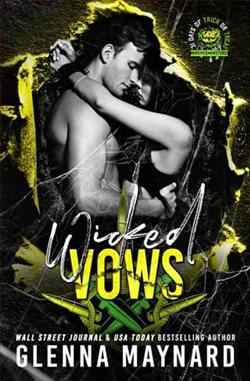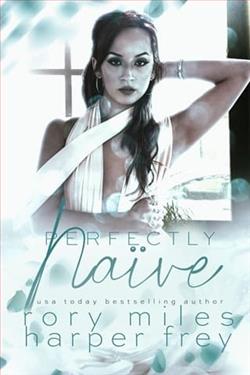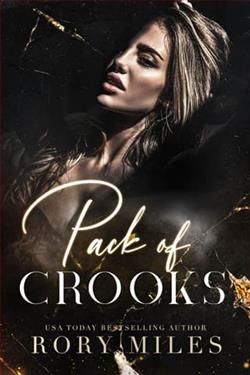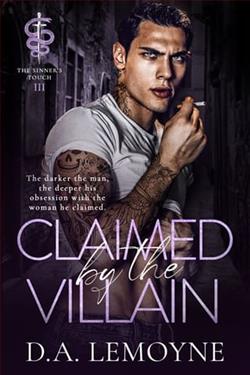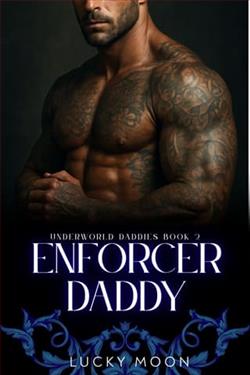Page 139 of The First Gentleman
“We know that Cole Wright threatened Suzanne, spoke roughly to her. We know Suzanne told her mother that he once tore a bracelet off her wrist. That same bracelet was later found near where Suzanne’s remains were buried. As was a watch we know belonged to Cole Wright.”
As Bastinelli speaks, I see Cole scribbling on a legal pad. Hardy has her hands folded under her chin. She’s looking past the deputy AG at the jurors, reading their faces to see when Bastinelli’s points are hitting home and when he’s off the mark.
Bastinelli talks about the hole near the Reverend Weare memorial rock. He shows a map marking its distance from Suzanne’s house and from the Walmart where she and Cole were last seen. He clicks back to photographs he showed during Gagnon’s testimony, showing the foliage surrounding the hole and how dark the area was at night. He even quotes from a weather report stating that there was no moon the night Suzanne disappeared. He paints a picture of a dark sky, a shovel in the dirt, a dead woman’s body hastily wrapped and buried. Like something out of a horror movie.
Bastinelli is clear and deliberate. When it comes to physical evidence of the crime, he doesn’t have much to work with, but he does what he can.
“We’ve talked about the way things happen on TV, ladies and gentlemen. We’ve all seen how proficient CSI techs are at measuring wounds and detecting poison. But we don’t have any ofthat here. As Dr. Alice Woods testified, Suzanne Bonanno was killed in the most primitive and personal way—by strangulation. Done by somebody strong enough to snap a supple hyoid bone.” Bastinelli points to the defense table. “That person was Cole Wright.
“We don’t know what might have set him off that night. Only two people were there, and only one is alive. The judge will tell you in his instructions that second-degree murder does not require planning or intent. Cole Wright might not haveintendedto kill Suzanne. It might have been a spontaneous act of passion or anger. We just don’t know.”
Bastinelli speaks at length. Finally, he concludes: “Ladies and gentlemen, Cole Wright was a famous football player. Today, he is married to the president of the United States. In this country, sometimes we equate fame and celebrity with goodness and positivity. But don’t be fooled. There is darkness there. Suzanne Bonanno saw it. In fact, it was the very last thing she saw.
“So whatever your thoughts are about Cole Wright in his public roles, you must put them aside. Based on your judgment of the evidence presented here, circumstantial though it may be, you must find him guilty of murder in the second degree.”
To that, I quietly whisper, “Amen.”
CHAPTER
125
After a ten-minute recess, it’s the defense’s turn.
Having seen how good a defense attorney Tess Hardy is, I imagine she’s saved her best for last.
She takes her time approaching the lectern. She smiles at the jury. Like Bastinelli, she looks each one in the eye.
“Ladies and gentlemen, I first want to thank you for your work on this trial and the close attention you’ve paid to it. I understand that jury duty is an inconvenience and, in your case, an actual hardship. You’ve put your personal and work lives on hold and endured isolation from your friends and families. And for that, we are all grateful. I hope that the hardship will not last much longer. And I don’t think it will. Because the verdict in this case is so simple and clear.”
Hardy walks to the center of the courtroom. “Let’s start with the obvious and sad fact that Suzanne Bonanno was killed. That is a tragedy. A promising life cut short. And there is a feeling—it’s a human reaction—that somebody must pay. And that feeling canbe even stronger when the victim is young and innocent and beautiful. I get it, ladies and gentlemen. I feel it too.”
She turns to look directly at Cole. “But you will not find Suzanne’s killer here on trial. There isnodirect evidence linking my client to this young woman’s death. No fingerprints, no DNA, no witnesses, no murder weapon.
“Now, we did see a surveillance video of Suzanne Bonanno and Cole Wright together on the night she disappeared. And the prosecution has insinuated that my client was the last person to see her alive. But we don’t know who Suzanne saw last. We can’t even say with certainty exactly how or when she died. All we know is that after she and Cole Wright parted that evening, there is no known record of her further movements or contacts.
“Ladies and gentlemen, the prosecution spent a lot of time on those mysterious blue sheets. Where they were made, how they were made, who made them, who sold them, who bought them—as if that formed some chain of evidence. It does not.
“Suzanne’s bones were wrapped in a sheet when they were found in the trunk of a car. That sheet was sold by Walmart. Beyond that, we know nothing for certain. Mr. Bastinelli wants you to draw a direct line from a checkout counter to a grave, but the connection is not there. We don’t know who bought the sheets those bones were wrapped in. Or when.”
Hardy continues dismantling the arguments about the bracelet and watch, arguing that their presence in the dirt did not directly link her client to Suzanne’s death.
“I’m sure you’ll remember, ladies and gentlemen, that the prosecution ended their case with a photograph showing my client with his hands on a person pretending to be a cheerleader. Again, they’re trying to get you to draw a line—in this case, from that unfortunate prank to an actual murder. The link is not there. My client acknowledged he was in that photograph. He explained it.He apologized for it. In my opinion, it should never have been shown, but I was overruled. It has no connection to what happened to Suzanne Bonanno. None whatsoever.”
Hardy looks at each of the jurors again.
“Later today,” she says, “the judge will give you your instructions. He will remind you of the legal definition ofreasonable doubt. He will remind you that a defendant must not be convicted on suspicion or speculation. It is not enough for the State to show that the defendant isprobablyguilty. The State has the burden of proving guilt beyond a reasonable doubt. The State has not met that standard. Not even close.”
The defense attorney continues, speaking soberly. “At the beginning of this case, I told you that I believed that this was a political trial, and nothing we’ve heard here in this courtroom has dispelled that belief. You’ll recall that the prosecution talked about the advantages of fame and celebrity. I’d like to suggest that there aredisadvantages. I believe that Cole Wright is sitting in that defendant’s chair not because of anything he did, but because of who he is. An easy target. A big prize. A head for somebody’s wall. Don’t fall for it, ladies and gentlemen.”
She walks over to the defense table and points directly at Cole Wright.
“This is a famous man, no doubt. An influential man. A powerfully connected man. But he is also aninnocentman.”
Hardy gives the jury one final nod, then walks behind the defense table and sits down. In full view, she reaches over to squeeze Cole’s hand. He looks somber and grateful.
Bastinelli hasn’t been left much room to maneuver in his rebuttal.
“Ladies and gentlemen, you’ve heard from me, you’ve heard from Ms. Hardy, you’ve heard from Judge Dow. You’ve heard from expert witnesses and state troopers and detectives. You’ve heard from people whose lives intersected with this case. Youeven heard, very briefly, from the defendant. But the one person you haven’t heard from is Suzanne Bonanno.”
